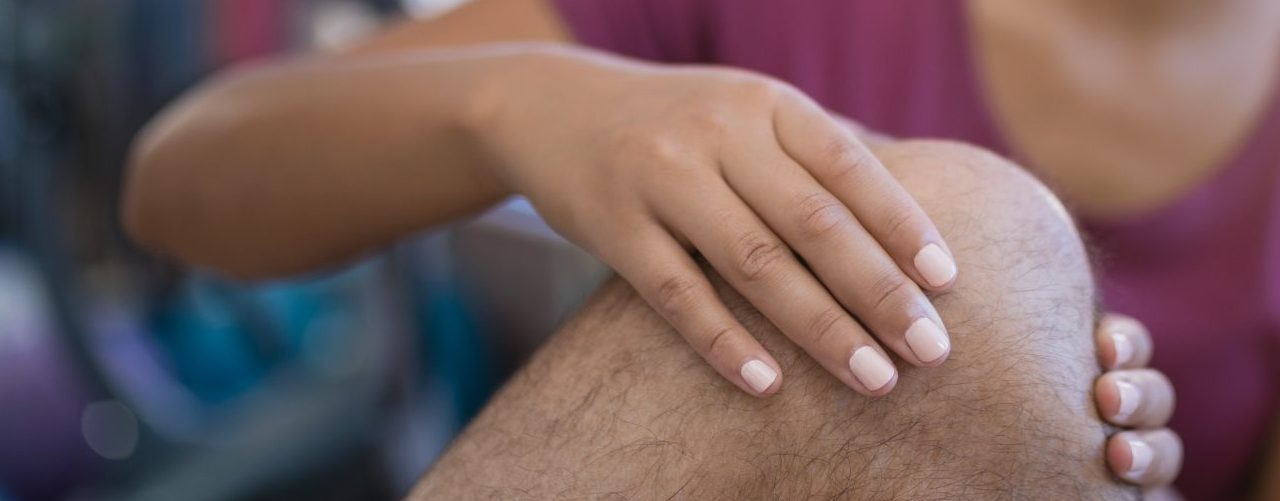Manual physical therapy is any highly skilled and specialized technique involving laying hands on a patient to effect change in a neuro-musculoskeletal condition. These techniques have been developed over centuries and honed through years of clinical reasoning, research, and evidence-based practice. There are many different types of manual therapy. The following are types of Manual Therapy offered by Carlson ProCare.
- Integrative Manual Therapy (IMT)
- Myofascial Release
- Muscle Energy Technique (MET)
- Neural Tissue Tension Techniques
- Strain Counterstrain
- Positional Release Therapy
- Craniosacral Therapy
- Visceral Mobilization
- Joint Mobilization
- Medical Massage
- Edema Massage
- Lymphedema and Manual Lymphatic Drainage (MLD)
- Range of Motion
- Manual Stretching
- Proprioceptive Neuromuscular Facilitation (PNF)
- Mobilization with Movement
- Active Release
- Manual Traction
- Trigger Point Therapy
- Instrument-Assisted Soft Tissue Massage (IASTM)
- Cupping Therapy
- Dry Needling
Integrative Manual Therapy (IMT)
- Integrative Manual Therapy is a unique type of manual therapy developed by Dr. Sharon Weiselfish Giammatteo, PhD, PT, IMT-C. IMT uses a conglomeration of different manual therapy theories, techniques, and methodologies to address pain and dysfunction and help the body heal itself. A holistic approach to physical therapy, IMT practitioners sense blockages in body systems and work to guide your tissues to clear those impairments and restore optimal function.
Myofascial Release
- Fascia is fibrous connective tissue surrounding muscles, vessels, and nerves, giving the body shape and form. Fascia is made up of densely packed bundles of collagen. Some types of fascia bind structures together, other areas of fascia are meant to glide smoothly over each other allowing the body to move. When areas of fascia that are meant to glide become adhered, or stuck, Myofascial Release is a technique of manual therapy that releases those adhesions and restores gliding motion to the underlying tissues. Myofascial Release uses gentle, sustained pressure to mobilize connective tissue, relax contracted muscles, and increase blood and oxygen circulation to the tissues.
Muscle Energy Techniques (MET)
- If one of your joints is stiff or not moving well, a muscle energy technique can help that area of your body move a little more smoothly. Your therapist will position you in a specific way and instruct you to gently squeeze and relax specific muscles. This gentle isometric contraction uses the muscle’s own energy to release the tension and lengthen the muscle. Muscle Energy Technique can make stretching more effective.
Neural Tissue Tension Techniques
- There are 37 miles (60 km) of nerves in the human body, continuously sending signals to your spinal cord and brain. These nerves are surrounded by connective tissue and other structures. If a nerve gets “stuck”, or adheres to a structure nearby, that might send a pain signal to your brain, or limit your ability to move that part of your body. Neural tissue tension techniques are used to release any tension, adhesions, or “stuck” nerves, restoring optimal function.
Strain Counterstrain, or Positional Release Therapy
- When you have a muscle spasm, or one of your muscles is too tight, too short, overactive, and won’t let go, your therapist can put you in an optimal position for that muscle and guide you through relaxation and breathing while that muscle unwinds, softens, relaxes, and lengthens.
Craniosacral Therapy
- Your Central Nervous System is your brain and your spinal cord. It is surrounded by fluid and membranes. When those membranes have tension in them, stick to structures around them, or have other dysfunction, it affects the fluid flow. If the membranes and fluid aren’t gliding and flowing optimally, it can affect your nervous system function, causing symptoms like headaches and neck and back pain. Craniosacral Therapy uses very gentle hands-on pressure to release tension and improve fluid flow, allowing your body to self-heal and calm the nervous system.
Visceral Mobilization
- Visceral mobilization or manipulation is a specific manual therapy technique to relieve fascial adhesions in the deep tissues around your organs and your abdominal wall. Whether from a surgery, pregnancy, car accident, trauma, poor posture, muscle imbalance, illness, or other injury, strains in the connective tissue in your abdomen can cause back pain, hip pain, groin pain, shallow breathing, and other dysfunctions. Your therapist can assess these deep tissues, to see if they are contributing to your symptoms, and release them as part of your physical therapy program.
Joint Mobilization
- To mobilize a joint, your therapist may apply passive movements to the joint in a varying range of pressure, speed, and amplitude. That means they might move your joint a little bit, gently, in a short distance back and forth, or they might make a bigger movement with more pressure. The goal of joint mobilization is to reduce pain and restore optimal biomechanics, movement, and function to the joint.
Medical Massage, Edema Massage
- Massage is the application of pressure to body tissues in a specific and rhythmic fashion. Massage techniques include transverse friction, edema, effleurage, petrissage, kneading, rolling, vibration, and percussion/tapotement. Your therapist may choose to apply a massage technique to reduce swelling, improve flow of lymph fluid, increase blood flow to the surrounding area, bring in nutrients and disperse waste products, break up scar tissue adhesions in recovering tissue, and stimulate healing and tissue regeneration.
Manual Lymphatic Drainage
- Manual Lymphatic Drainage is a highly-specialized form of manual therapy for people who have Lymphedema.
Passive and Active-Assistive Range of Motion
- Every joint in the human body has an arc, or range of motion through which it can be moved. When there is injury or dysfunction, that range is often reduced. Your range might be impaired because of pain, stiffness, scar tissue, adhesion, muscle imbalance, altered biomechanics, or other reasons. Your therapist can glide your joint passively, where they do the movement for you, or actively, where you and your therapist do the movement together. These techniques can reduce pain and improve the range of motion of the joint.
Manual Stretching
- Regular stretching can improve your flexibility and your range of motion. When appropriate, your therapist may perform stretching techniques including static stretching, dynamic stretching, pre-contraction stretching, and highly skilled Proprioceptive Neuromuscular Facilitation (see below).
Proprioceptive Neuromuscular Facilitation (PNF)
- PNF is a highly skilled and specific type and sequence of stretches. PNF works with the reflexes between the nerves, muscles, and brain to trigger the desired responses in muscle contraction and relaxation.
Mobilization with Movement
- Mobilization with Movement may be called Active Release, or Mulligan Mobilization. Through careful evaluation and assessment, your therapist can identify areas of tissue tension in your body. These areas may have scar tissue, adhesions, fibrosis, weakness, tightness, or stiffness. The therapist applies pressure to the area while instructing you in a specific movement that helps the tissue soften and release.
Manual Traction
- Traction is the application of a pull or force to body tissues in opposition to an area of compression. For example, if you have stiffness in your neck, your therapist may choose to apply manual cervical traction as one of the treatments to ease your neck pain and stiffness. Traction is usually applied in conjunction with several other manual techniques, like Myofascial Release and Range of Motion. Generally, traction is followed by a series of exercises to strengthen the muscles in the area to support the newly stretched and released tissues.
Trigger Point Therapy
- Trigger points are tender points in the body where a muscle or group of muscles has become hyperactive, or too short and too tight. Trigger points often cause “referred pain”, which is when you feel pain in a different spot in the body from where the dysfunction actually is. For example, you can have pain on the outside of your shoulder but the trigger point is actually in a tight muscle between your shoulder blades. Your therapist can help you identify your trigger points and pain patterns, and show you how to treat them at home with trigger point techniques. They can also show you how to prevent them from returning by helping you correct your posture and learn specific stretches and exercises for muscle imbalances.
Instrument-Assisted Soft Tissue Massage (IASTM)
- To perform IASTM, your therapist will use a tool made from surgical grade stainless steel to treat muscles, tendons, ligaments, fascia, and skin. The tools have different shapes and beveled edges that conform to your body’s contours, allowing your therapist to provide more specific pressure and treatment. IASTM evolved from the Traditional Chinese Medicine practice of Gua sha. Research into IASTM has shown that when applied by a skilled practitioner it stimulates mechanoreceptors in the cells to increase fibroblastic activity, and creates vascular and neurophysiological effects. That is, it activates your body’s ability to heal itself. You might be familiar with some brand names of the tools, such as HawkGrips®, Graston®, and RockTape®.
Cupping Therapy
- Cupping Therapy is one of the oldest known forms of treatment, found in many ancient cultures. Modern research has shown that Cupping Therapy helps in the treatment of many conditions, by reducing pain and inflammation, improving blood and lymph flow, stimulating nerves and the body’s systems, and facilitating the healing process. Cupping Therapy is meant to support the body’s innate ability to heal itself. Vacuum or suction cups are applied to the body to draw toxins and waste products out of the surrounding tissues and increase blood flow to the area. Cups can be applied in one spot and left in place, they can be applied and slid across a larger area as a massage technique, and they can be applied with or without heat. Some people experience local redness and swelling after the application of Cupping Therapy.
Dry Needling
- Dry needling may be performed by physical therapists certified in Clean Needle Technique. Where there are trigger points, tender points, or areas of fascia and muscle that are hypersensitive and irritated, needles may be inserted in specific spots to treat those areas. The needle can create a fasciculation, or small movement, in the muscle that then releases the tension from that area. Needling can also stimulate blood flow to the area, increase oxygenation to the tissues, and reduce central sensitization (overactivity in the surrounding nerves).
Your physical therapist will carefully evaluate and assess you, and will work with you to select the types of manual therapy that best compliment a complete physical therapy program customized for you. Contact us to schedule your Physical Therapy appointment today!


